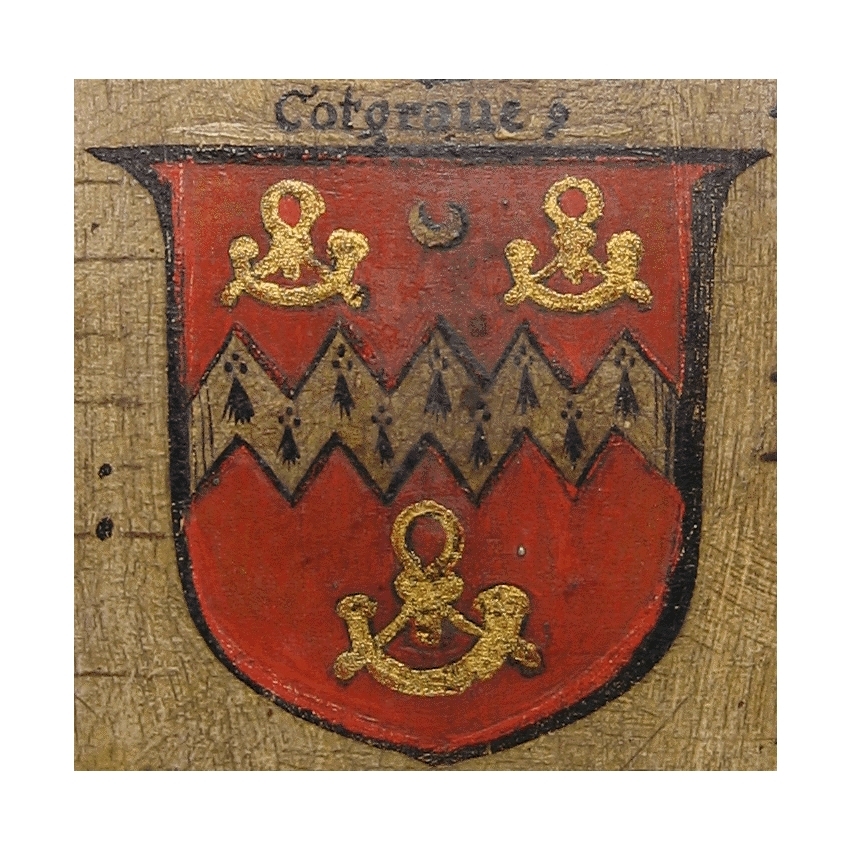Among the many thousands of real Cotgreaves and Cotgraves, there are a handful of fictional family members.
The earliest seems to be a character in Captain Frederick Marryat’s novel Japhet from 1836, where the hero gets himself into the position of accepting a duel, and his opponent’s friend and supporter is called Mr Cotgrave. Marryat was a naval officer and his career overlapped with that of Captain Edward Stone Cotgrave, so perhaps they knew one another. They even served on the same ship, although not at the same time.
Charles Dickens, one of the greatest storytellers ever in the English language, wrote a story about Mrs Magdalen Cotgreave, published in All The Year Round magazine, and in a book called Chances and Changes, Or a Clerical Wooing, a nineteenth century author called Carline Kirkland included a character called Miss Cotgrave.
For a book with Cotgraves as main characters, look no further than My Insect Queen by Caroline Storey Wynne, from 1859, in which the whole story is about a baronet called Sir Charles Cotgrave and his family. The White People by Arthur Machen (1899) is about a mysterious man called simply “Cotgrave,” who is never given a first name. A 1928 book called The Mystery of the Moor by J S Fletcher makes a passing reference to a fictitious Sir Richard Cotgreave, whose family is said to have owned a property for Marrasdale Tower for centuries, and in 1875, W W F Synge included mention of Ella Cotsgreave, who rode an Arab horse that her father had bought for her in India.
At least three novels make reference to genuine members of the family, starting with Sir Walter Scott, who in the Bride of Lammermoor (1819) has a character who is said to be “really in much need of Wit’s Interpreter, or Complete Letter Writer, and were I you, I would send him a copy”. This is a reference to John Cotgrave’s 1655 book Wits Interpreter, which is a collection comprising ideas, model letters to copy, amusing things to say in conversation and tricks. Ben Brace by Frederick Charmier (1840) and The Farm of the Dagger by E Phillpotts (1904) both made passing reference to Captain Isaac Cotgrave (1747-1814), a naval officer who became governor of the prisoner of war camp at Dartmoor during the Napoleonic Wars and who is called “Captain Cotgrave, the head man at the gaol” by Phillpotts.
The twentieth century author Alan Sillitoe, best known for Saturday Night and Sunday Morning (made into a successful film starring Albert Finney) included a character called Ernest Cotgrave in his 1979 novel The Storyteller and one called Bill Cotgrave in a later short story called A Trip to Southwell. But Sillitoe was born and brought up in Nottingham so he presumably got the name from the town of Cotgrave, which is just a few miles away.
Perhaps the grandest outing for a fictional Cotgrave was in Anthony Trollope’s book The Prime Minister, first published in 1876. One of the characters has a conversation with a man called Reginald Cotgrave while he is out hunting. There’s no evidence that Trollope necessarily knew anyone called Cotgrave, but as an educated man in the nineteenth century, he would had certainly have been familiar with Randle Cotgrave’s comprehensive seventeenth century French Dictionary. Even in his won lifetime (c.1570-1652), people mixed up Randle’s first name (when he gave a book to the Prince of Wales in 1610, it was recorded as a gift from “Rowland Cotgrave”) so perhaps he was Trollope’s inspiration for Reginald. Sadly, although The Prime Minister is one of a series of novels about the same people, Reginald Cotgrave did not reappear in the later books.
